Bagged vs bagless vacuums: which is best for you?
We run down the pros and cons of bagged vs bagless vacuum cleaners
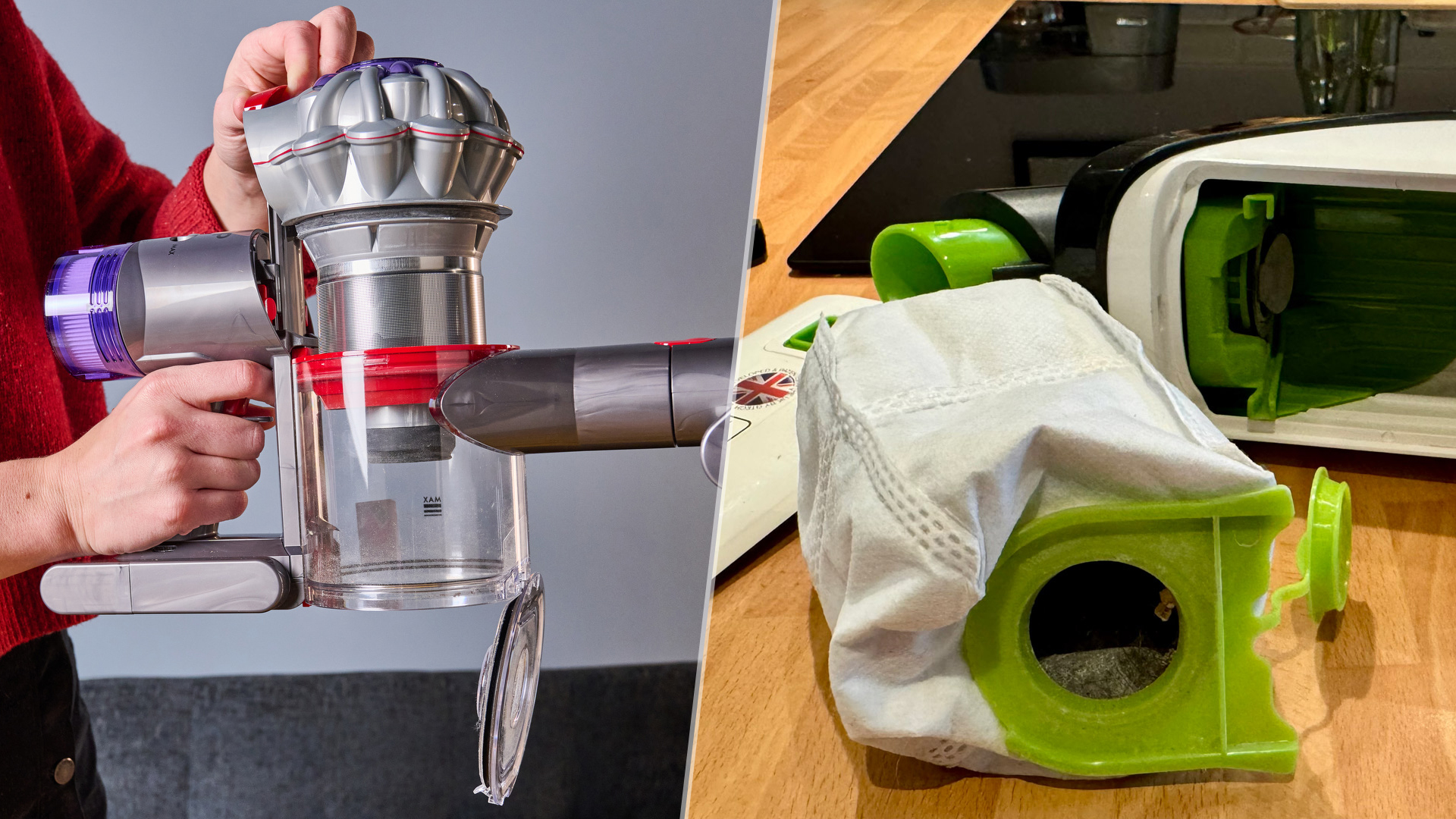
The difference between bagged vs bagless vacuums is simple: one collects dust into a bag that's removed and thrown away when full, and the other collects it loose in a dust canister that empties directly into the trash.
However, this difference has knock-on effects on everything from the required maintenance tasks to the overall lifespan of the product. In this guide, we've compared the pros and cons of both types to help you figure out the best vacuum cleaner for you.
Bagless vacuums are seen as the more modern choice, and perhaps also the most popular. Most of the best cordless vacuums are bagless. There are still plenty of bagged vacuums around though. You'll almost always find a bag in a canister vacuum, some upright vacuums have bags, and they're also pretty common in the base stations of self-emptying robot vacuums.
Read on for a closer look at the pros and cons of bagged vs bagless vacuums. We'll start with a summary table for if you're in a hurry, then break down each point in more detail below.
Ongoing cost, waste and hassle of bags
Difficult for dust to escape once sucked up – good for allergy sufferers
Emptying less frequent, less messy, but fiddlier
Anecdotally, more robust and longer lasting
Typically canister or upright models
No ongoing cost or waste from bags
Loose dust can easily escape during empty – not so good for allergy sufferers
Emptying more frequent and messier, but straightforward
May break more easily and last less long
Typically cordless stick vacuums
What is a bagged vacuum?
A bagged vacuum is a vacuum that collects its dust and debris into a bag. This attaches into the main body of the vacuum, and the whole thing is removed and thrown away when it gets full. You then need to swap in a new bag. Almost all canister vacuums are bagged, as are many upright models. Nowadays, bags are less common in cordless stick vacuums, although not unheard of.
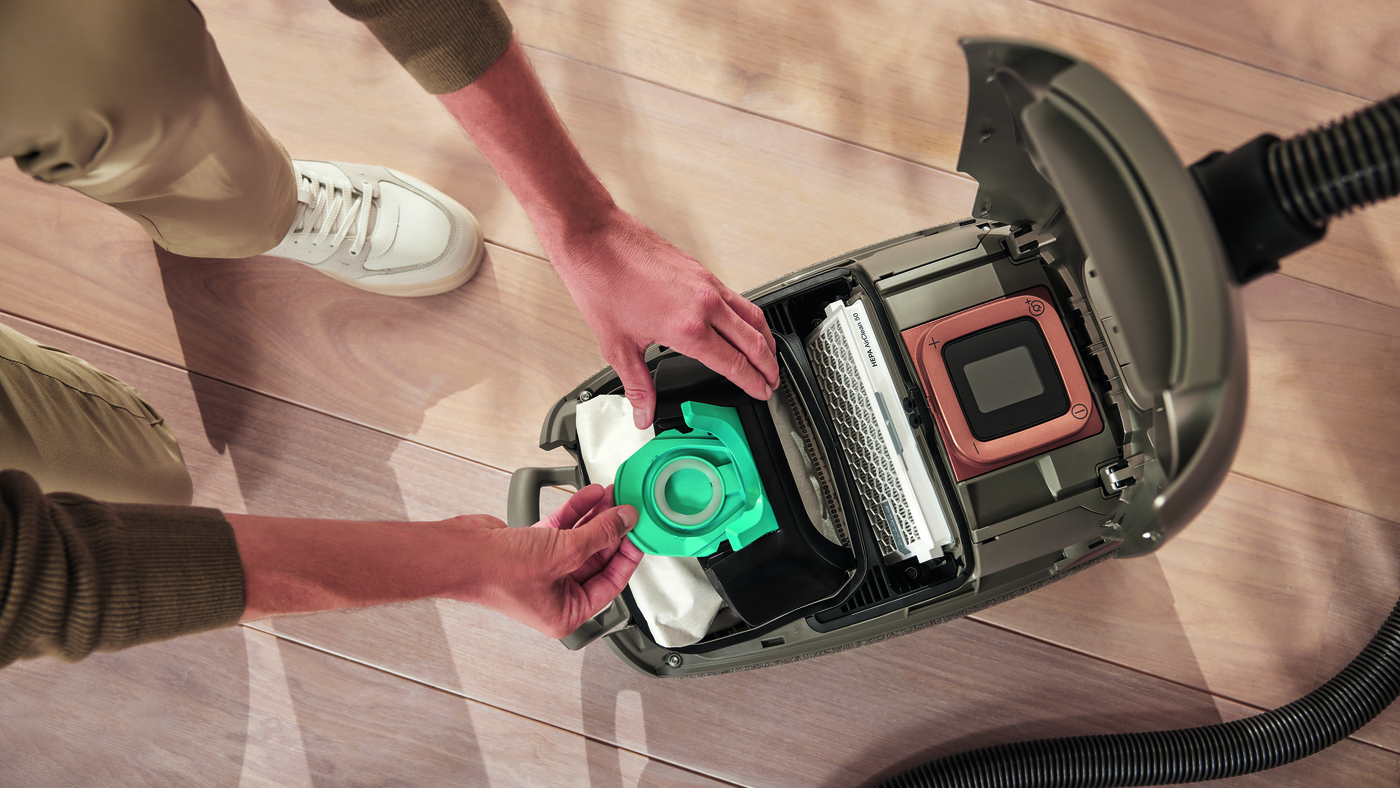
What is a bagless vacuum?
A bagless vacuum deposits everything it collects loose in a dust canister, which can then be directly emptied into the trash. This is a more modern type of vacuum, and almost all cordless stick vacuums are bagless.
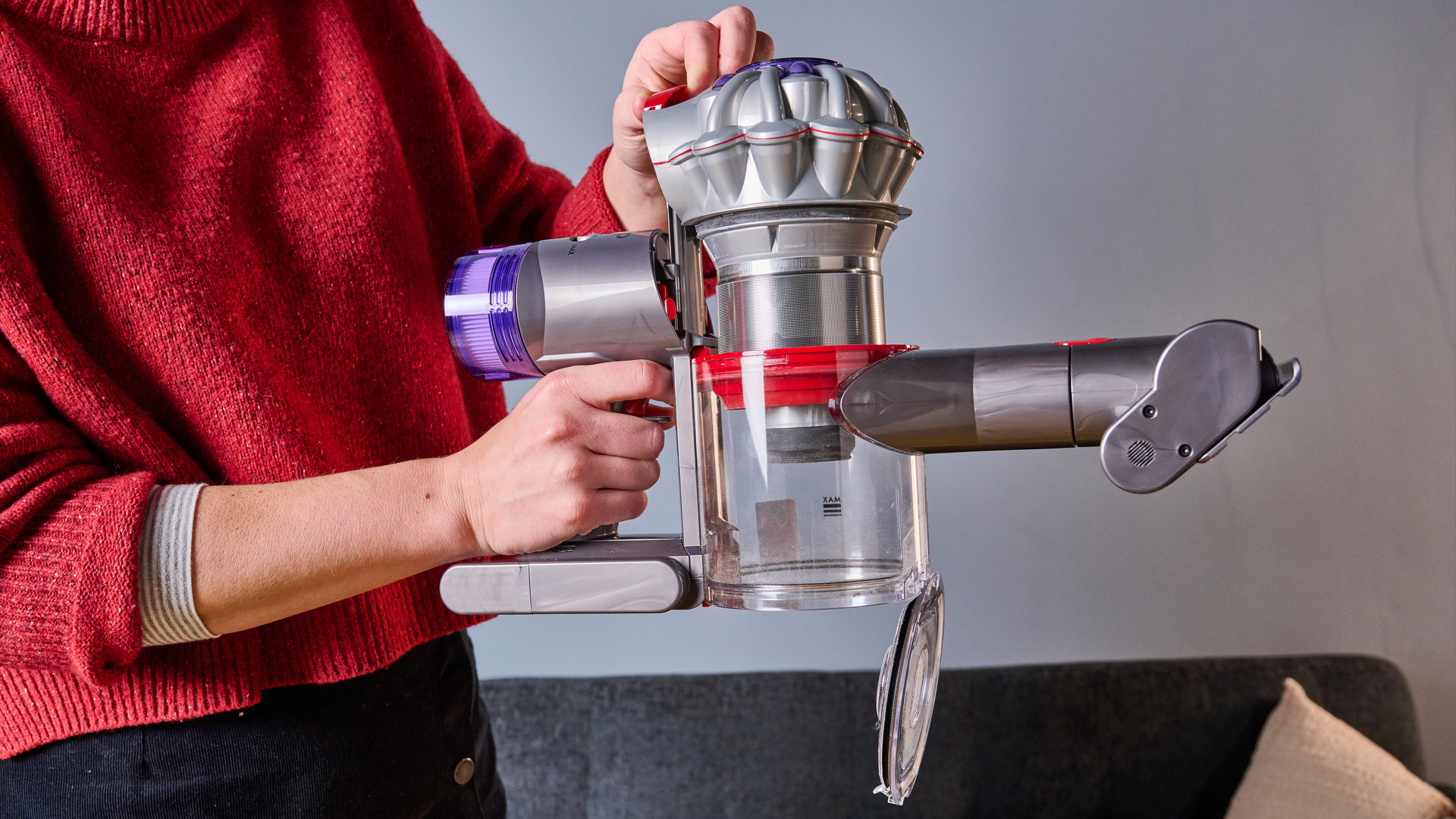
Bagged vs bagless vacuums: pros and cons
Emptying
Bagless vacuums tend to have a smaller dust capacity than bagged ones, so depending on how quickly dust, hair and debris accumulates in your home, they may need emptying regularly.
This process is usually very straightforward (as an example, you can see the Shark Detect Pro Cordless empty mechanism in action below). However, it can be a little messy if you get your angles wrong. You'll also have to be prepared to get involved with digging out any dust or hair that gets stuck – this is common, even on the best-designed bagless vacuums.
Because the dust is loose, there's a chance some of it will escape back into the air. That's annoying if you've just cleaned, but it's especially bad news for allergy sufferers.
In contrast, the bags in bagged vacuums offer much less chance for debris to make an escape. Not only is the dust contained, it also tends to need tackling far less frequently due to the bags having higher dust capacities.
Hassle and cost
With bagged vacuums, there's the ongoing cost and admin associated with replacing the bags. These may only be available to buy direct from the brand, in which case you're stuck paying whatever it wants to charge you (not to mention the outside chance your vacuum is discontinued and you won't be able to get replacement bags at all...).
Bagless vacuums' dust canisters are typically transparent, so you can see when they need emptying. However, it's generally a mystery what's going on in a dust bag, adding an extra element of danger to the bag-ordering game.
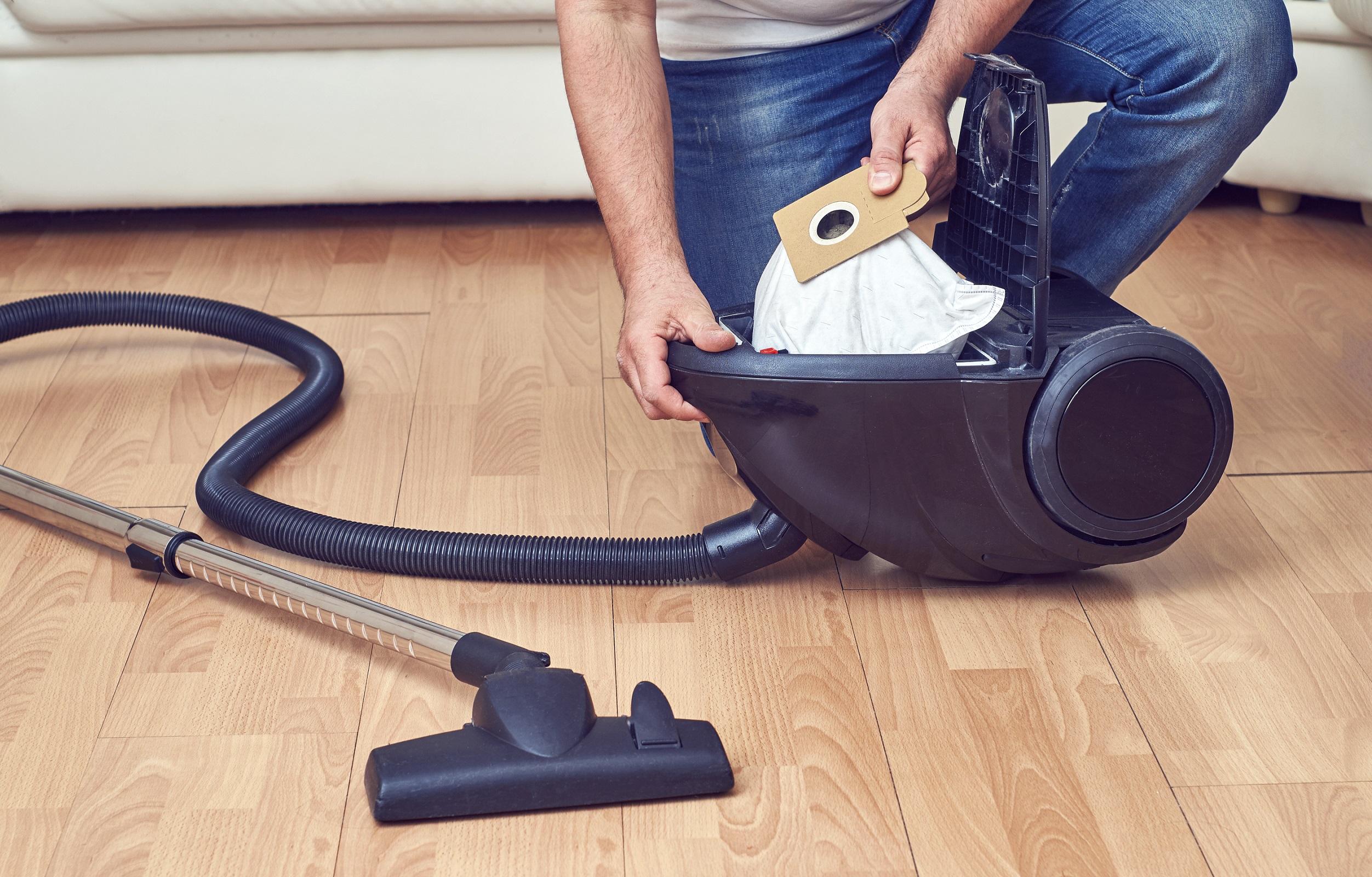
Possibly precisely because of that extra hassle, bagged vacuums tend to be able to hold a lot of dust and dirt before they need to be replaced. Don't expect to be swapping bags as often as you'd be emptying the canister on your bagless vacuum.
With a bagless vacuum, there's nothing to buy. That doesn't mean you won't have any maintenance to handle though, as we'll get into in a moment...
Maintenance & lifespan
Opt for a bagless model and you'll need to deal with more regular filter maintenance. That means getting them out washing them, letting them dry fully (or they'll make your vacuum smell and impact its performance, too) and replacing them as required.
Anecdotally, bagged vacuums tend to be more robust in general. Maybe it's the lack of loose dust just hanging out everywhere – the specific danger is that it gets into the motor – but we tend to find bagged vacuums have a longer lifespan. They can (unofficially) be used occasionally to clear fine dust like fireplace ash that would immediately kill off a bagless model.
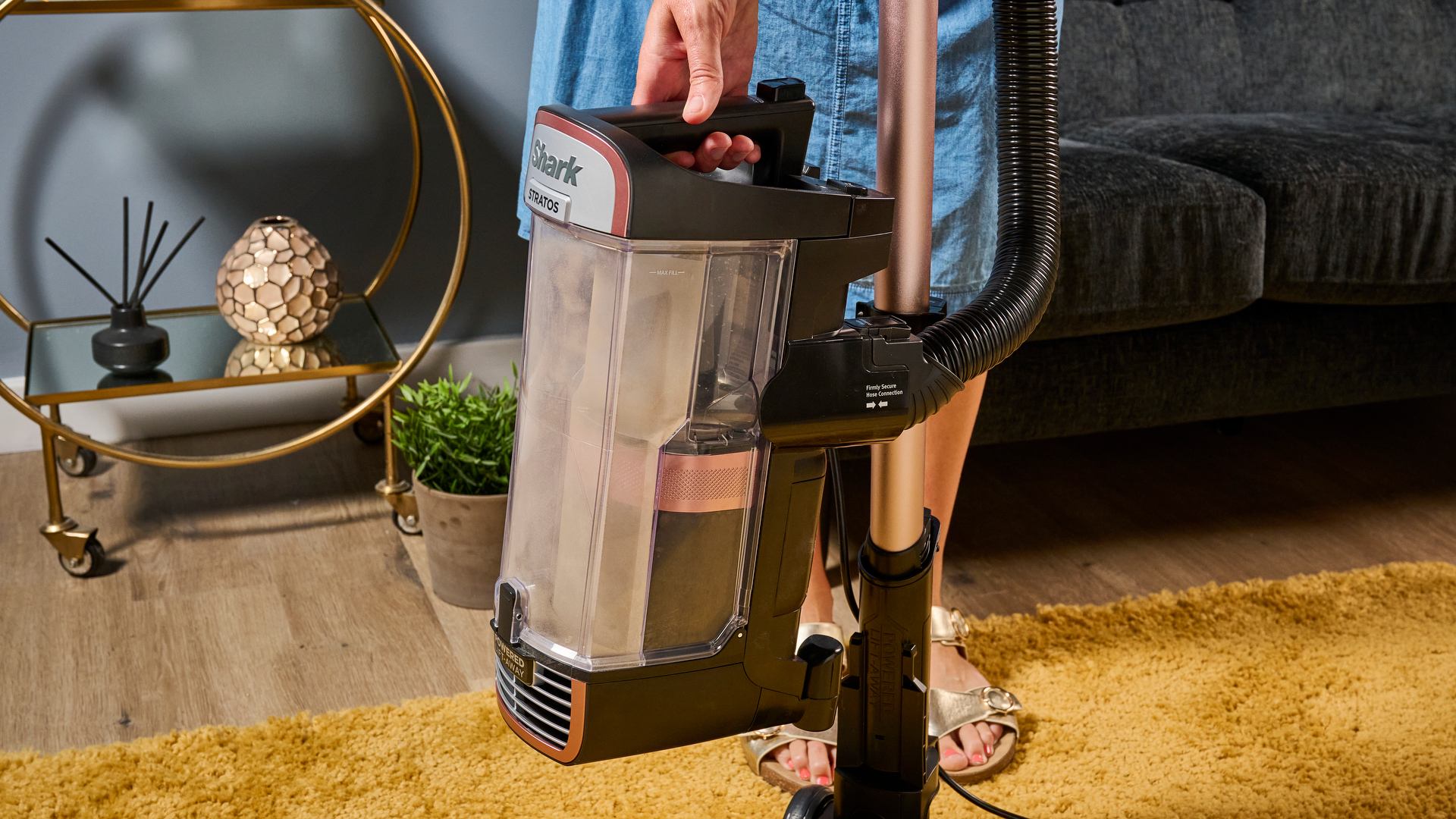
If you're not a fan of the grubby dust canister being on display, this will need regular wipe-downs too (although making it look nice will be such a demanding task that we recommend just finding somewhere good to hide it instead, for your long-term sanity). The benefit of the clear canister, though, is that it can be easier to spot if something is going wrong, and where, so it can be fixed. The mechanisms on a bagged model are generally more tucked-away.
Waste
Environmentally, the extra waste you're creating with the bags isn't ideal (not to mention the impact of them being manufactured in the first place, and shipped to your door). In contrast, there's nothing extra to manufacture or dispose of with a bagless vacuum.
Some brands have considered this, and made their vacuum bags more eco-friendly. For example, the Halo Capsule X vacuum has bags that are made from compostable cardboard and brown paper.

Of course, it's not as straightforward as that. Overall lifespan comes into it too – if your bagged vacuum lasts long enough to mean you won't have to buy a whole new model (when a bagless model might have died much earlier), that's a more sustainable choice.
Choice
In reality, your choice of bagged vs bagless might be decided for you, depending on the type of cleaner you need. You'll generally only find bags in more traditional canister or upright vacuums – possibly because they're much more difficult to lift and hang over a trash can. Meanwhile, bagless is the approach favored by cordless stick vacuums, which are nimbler and lighter.
There are exceptions, though. Some uprights have removable dust canisters that don't require bags – for example, the Shark Stratos Pet Pro Upright Vacuum. And there are a handful of stick vacuums that use bags, such as the Halo we mentioned before. We've even tested a handheld vacuum with a bag – the Gtech Prolite. The potential issue there is that the dust bag needs to be big enough to hold a good amount of dust, without making the overall vacuum too bulky or heavy.
Get daily insight, inspiration and deals in your inbox
Sign up for breaking news, reviews, opinion, top tech deals, and more.
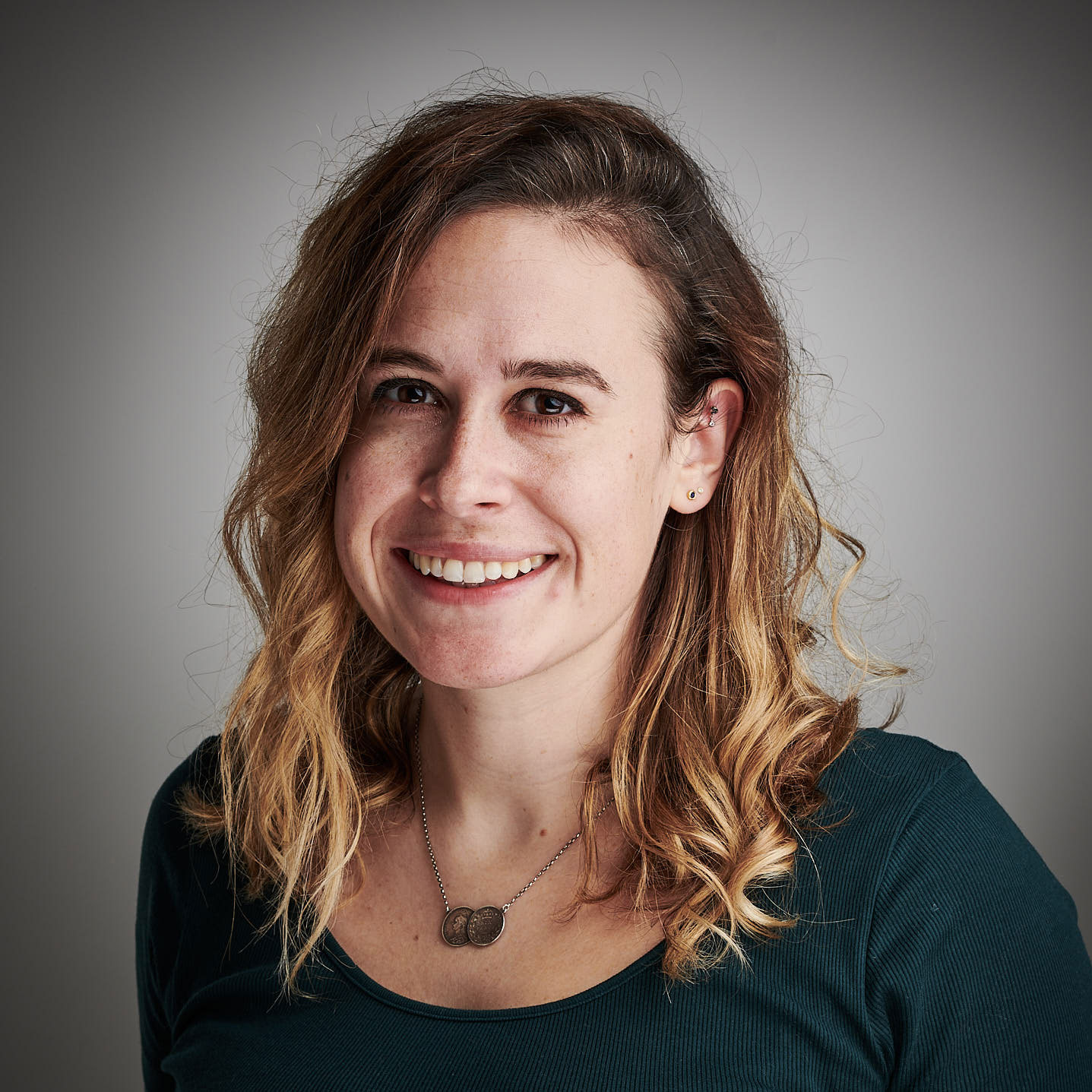
Ruth is TechRadar's Homes Editor specializing in air (vacuum cleaners, fans, air purifiers), and hair (hair dryers, straighteners and stylers). She has been in consumer journalism since 2020, reviewing and writing about everything from outdoor kit to mattresses and wellness gadgets, with stints on Tom's Guide and T3.
You must confirm your public display name before commenting
Please logout and then login again, you will then be prompted to enter your display name.